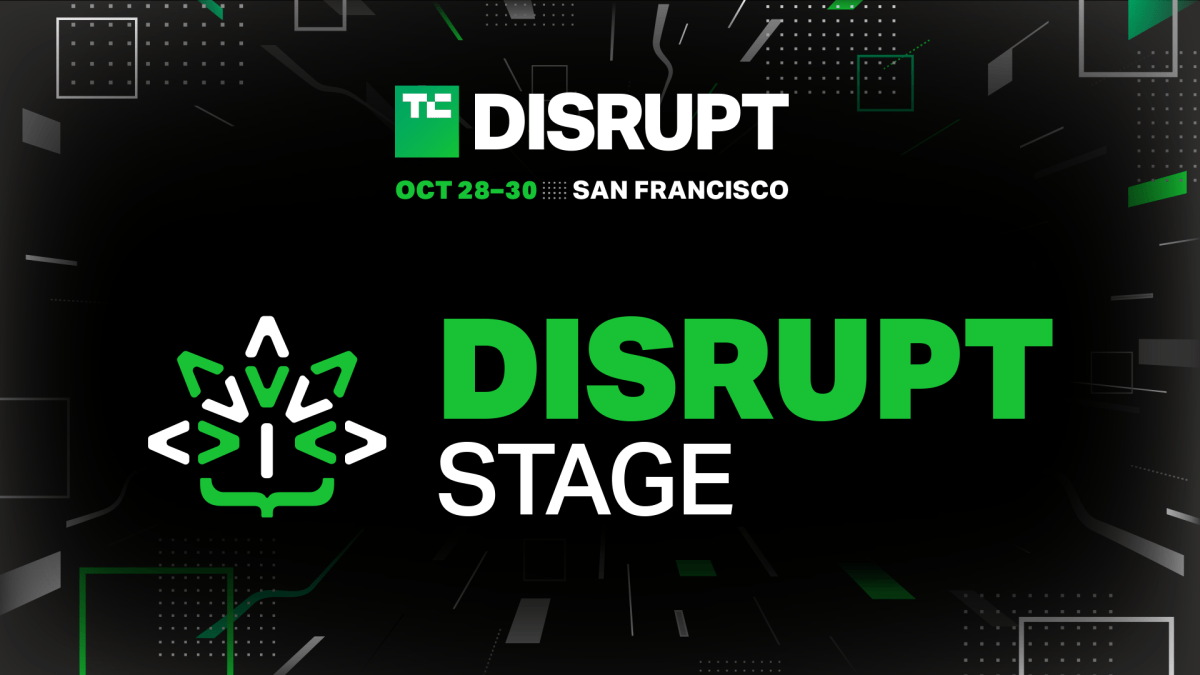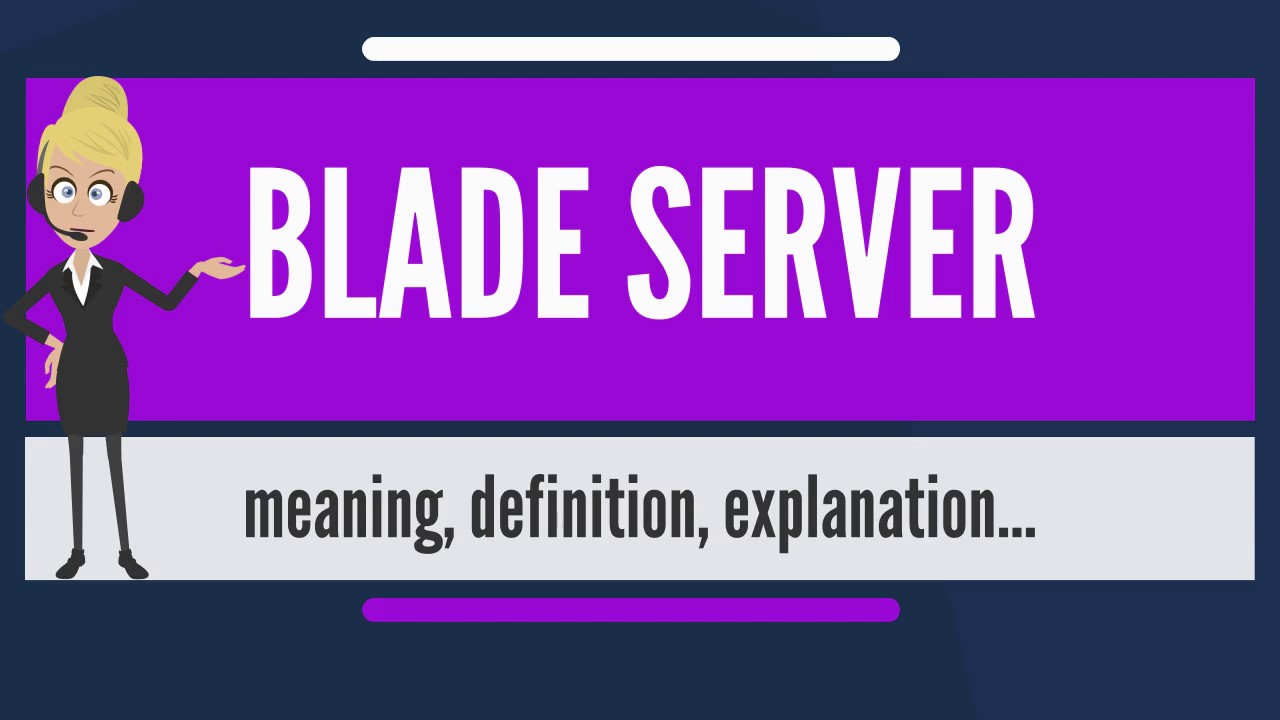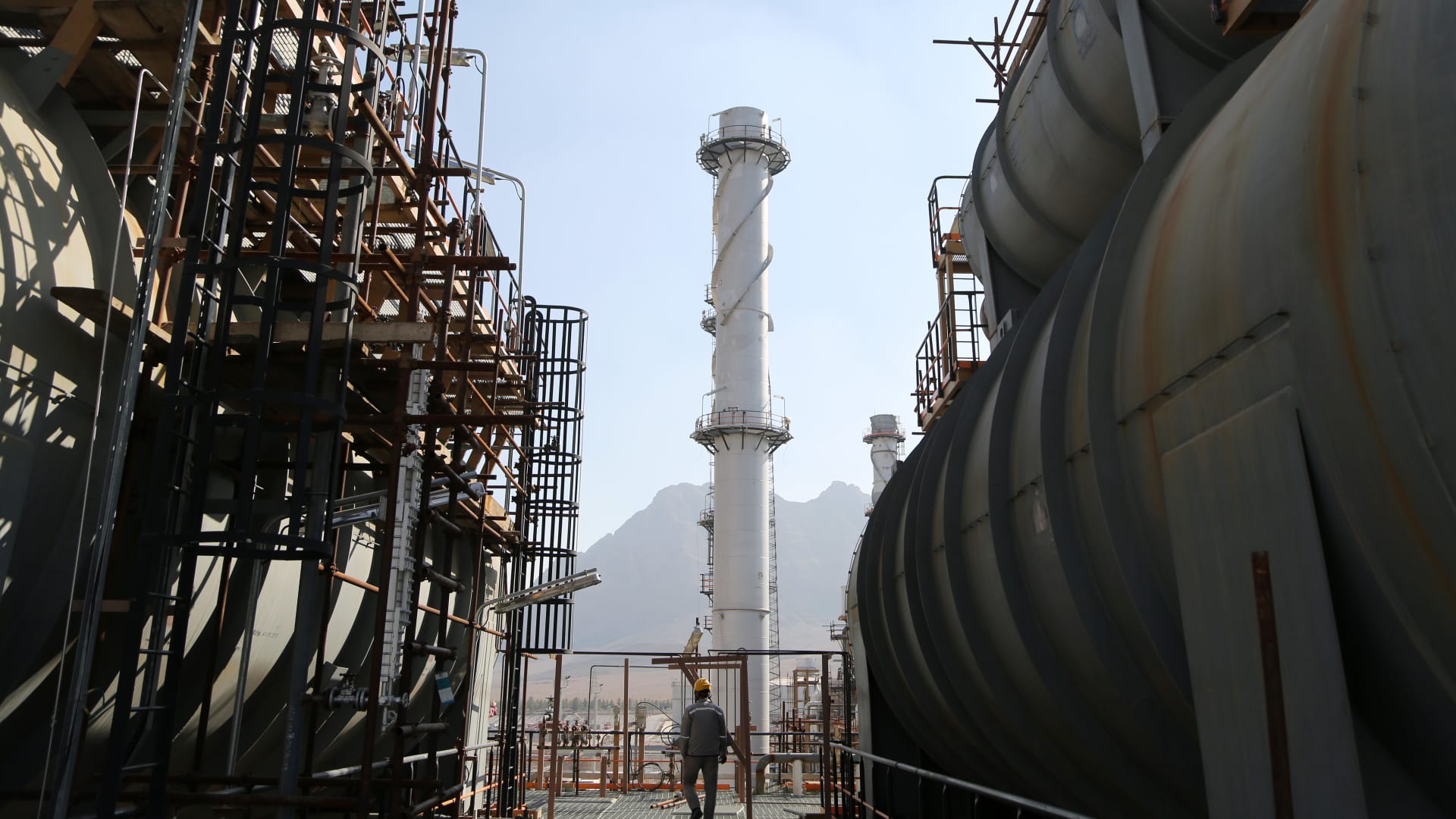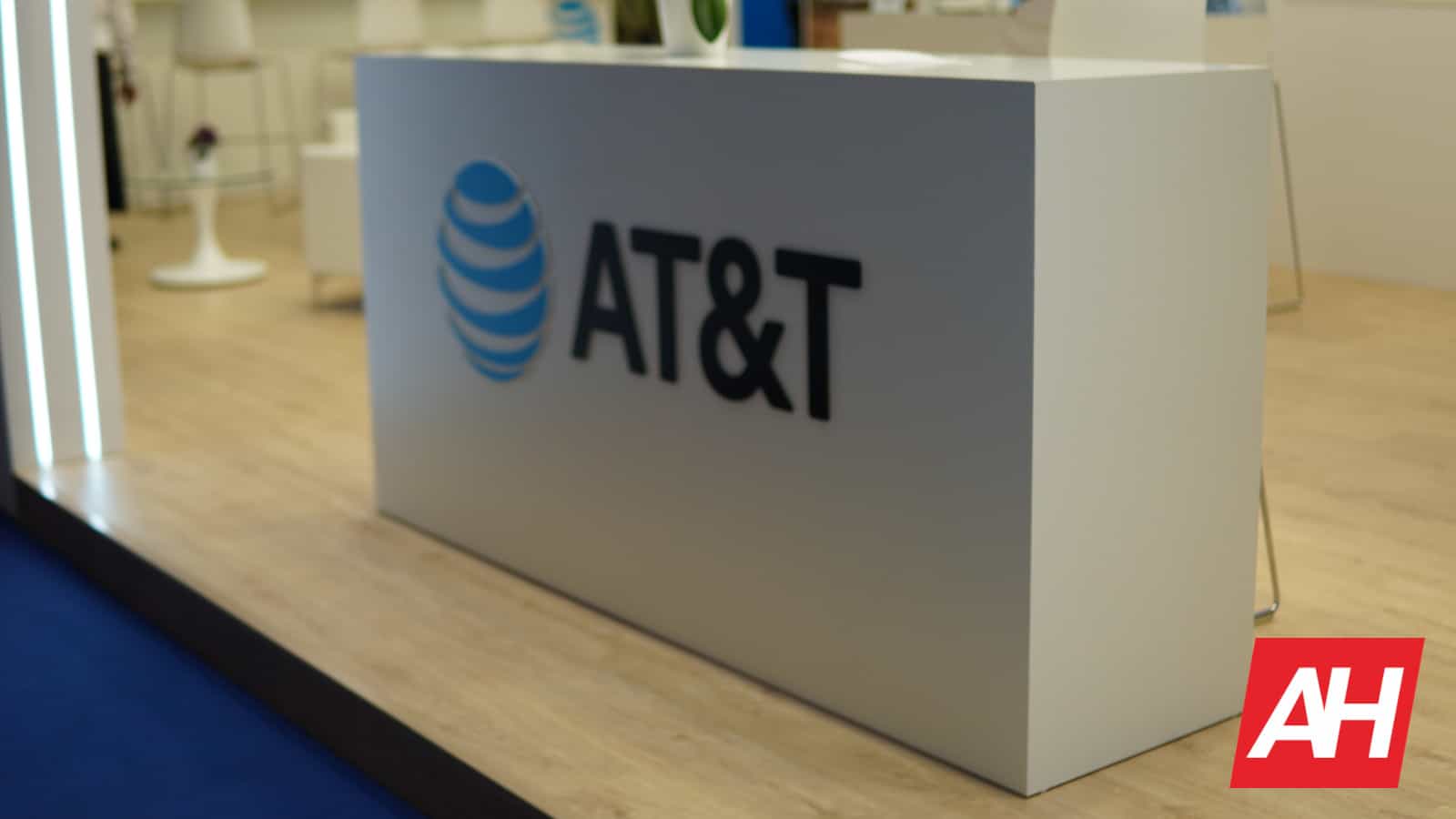Get ready for TechCrunch Disrupt 2024, our signature event for startups of all stages, taking place at Moscone West in San Francisco from October 28-30. This year, we’re expecting a massive turnout of 10,000+ leaders from the startup, VC, and broader tech community.
As part of the program, we’re thrilled to unveil the complete agenda for the Disrupt Stage, with some of the big names in tech that have dominated — and continue to dominate — the news cycle this year. Hear from the CEOs of General Motors, Databricks, and Wiz; investors Vinod Khosla, Ashton Kutcher, Tony Fadell, and Erin and Sara Foster; and former NFL player and founder Colin Kaepernick. The Disrupt Stage is the culmination of months of hard work and is just one of six stages featured at this year’s jam-packed event.
No TechCrunch Disrupt is complete without the return of the legendary Startup Battlefield. This year’s hand-picked Startup Battlefield 200 will not disappoint. Head to the Expo Hall for the finest display of early-stage startup innovation you’ll ever find under one roof. Then catch the Startup Battlefield 20 finalists begin to compete on the Disrupt Stage for the $100,000 equity-free prize.
Check out what we have in store for you on the Disrupt Stage!
The Disrupt Stage Agenda
Assaf Rappaport: From zero-day to hero
Fresh off a $1 billion funding round, Wiz has shot to fame as one of the fastest-growing cloud security startups ever. And one of the most sought after: Earlier this year, it rebuffed a $23 billion M&A offer from Google. Come hear the CEO talk about his journey as a founder and the challenges, and opportunities, ahead.
The Startup Battlefield — Session 1
with judges Morgan Beller (NFX), Alice Brooks (Khosla Ventures), Galym Imanbayev (Lightspeed Venture Partners), Corinne Riley (Greylock)
TechCrunch’s iconic startup competition is back, as the top-picked startups from around the world pitch expert judges and vie for the Startup Battlefield Cup and a $100,000 equity-free prize.
Vinod Khosla looks into the past to see the future of AI
Join legendary investor Vinod Khosla for an electrifying fireside chat on the future of AI. Khosla will share his perspective on the groundbreaking opportunities that AI unlocks — along with the seismic disruptions it will unleash. Given Khosla’s penchant for straight talk and his proven ability over the years to see around corners, you won’t want to miss this conversation.
The Startup Battlefield — Session 2
with judges Christine Esserman (Accel), Eylul Kayin (Gradient Ventures), Lisa Morales-Hellebo (Refashiond Ventures), Jon Rosenbaum (Insight Partners), Sharon Winter (Atomic)
We have another round of Startup Battlefield, as entrepreneurs from around the world continue to pitch expert judges and vie for the Startup Battlefield Cup and $100,000.
Consumer, culture, and creators with Erin and Sara Foster
Two of the industry’s most famous sisters sit down alongside Phil Schwarz, their business partner at Oversubscribed Ventures, to talk about consumer investing, culture curation, and what it means to be a creator in the modern age.
The Startup Battlefield — Session 3
with judges Sofia Dolfe (Index Ventures), Victor Lazarte (Benchmark), Ana Leyva (Pear VC), Shravan Narayen (IVP), Sangeen Zeb (GV)
This will be the third round of Startup Battlefield, where entrepreneurs from around the world continue to pitch expert judges and vie for the Startup Battlefield Cup and $100,000.
How Mary Barra is shaping GM’s tech future
Over her decade-long tenure, chairman and CEO Mary Barra has pushed to transform General Motors into a technological powerhouse — one that will lead in electrification, software, and autonomous driving through their self-driving subsidiary Cruise. We’ll take stock of her progress — including the unexpected speed bumps along the way — and dig into her plans for the future, such as where GM is investing capital.
Making sound investments with Ashton Kutcher
Join Sound Ventures partners Ashton Kutcher, Effie Epstein, and Guy Oseary on their firm’s big bet on AI, the influence of celebrity status, and the trends they are tracking right now.
The Startup Battlefield — Session 4
with judges Mark Crane (General Catalyst), Erin Harkless Moore (Pivotal Ventures), Haomiao Huang (Matter Venture Partners), Andrew Schoen (NEA), Christopher Wan (Bessemer Venture Partners)
Round 4 of Startup Battlefield, where entrepreneurs from around the world pitch expert judges and vie for the Startup Battlefield Cup and $100,000.
Building the next generation of deep tech startups with Tony Fadell
Tony Fadell is best known as the co-founder and CEO of Nest and SVP of Apple’s iPhone and iPod teams. These days, he coaches some of the most innovative deep tech startups as the principal of Build Collective. Fadell will discuss some of the future’s most promising innovations.
Colin Kaepernick helps creators own their story
If anyone knows a thing or two about losing control of your own narrative, it’s Colin Kaepernick. Now the former NFL quarterback and civil rights activist runs an AI storytelling platform, Lumi, to help creators tell and own their stories. We’ll chat about the media landscape, how AI can empower storytellers, and biases in today’s AI models.
The Startup Battlefield Final
with judges Navin Chaddha (Mayfield), Chris Farmer (SignalFire), Dayna Grayson (Construct Capital), Ann Miura-Ko (Floodgate), Hans Tung (Notable Capital)
The final round and the culmination of thousands of applications as the Top 5 entrepreneurs from around the world pitch expert judges and vie for the Startup Battlefield Cup and $100,000.
Don’t miss Disrupt 2024
This agenda is just for the Disrupt Stage. We have five additional stages focusing on builders, AI, SaaS, fintech, space, and much more. Don’t miss the chance to gain invaluable insights from top industry experts at Disrupt 2024. Secure your pass by registering here.












































































































































You must be logged in to post a comment Login